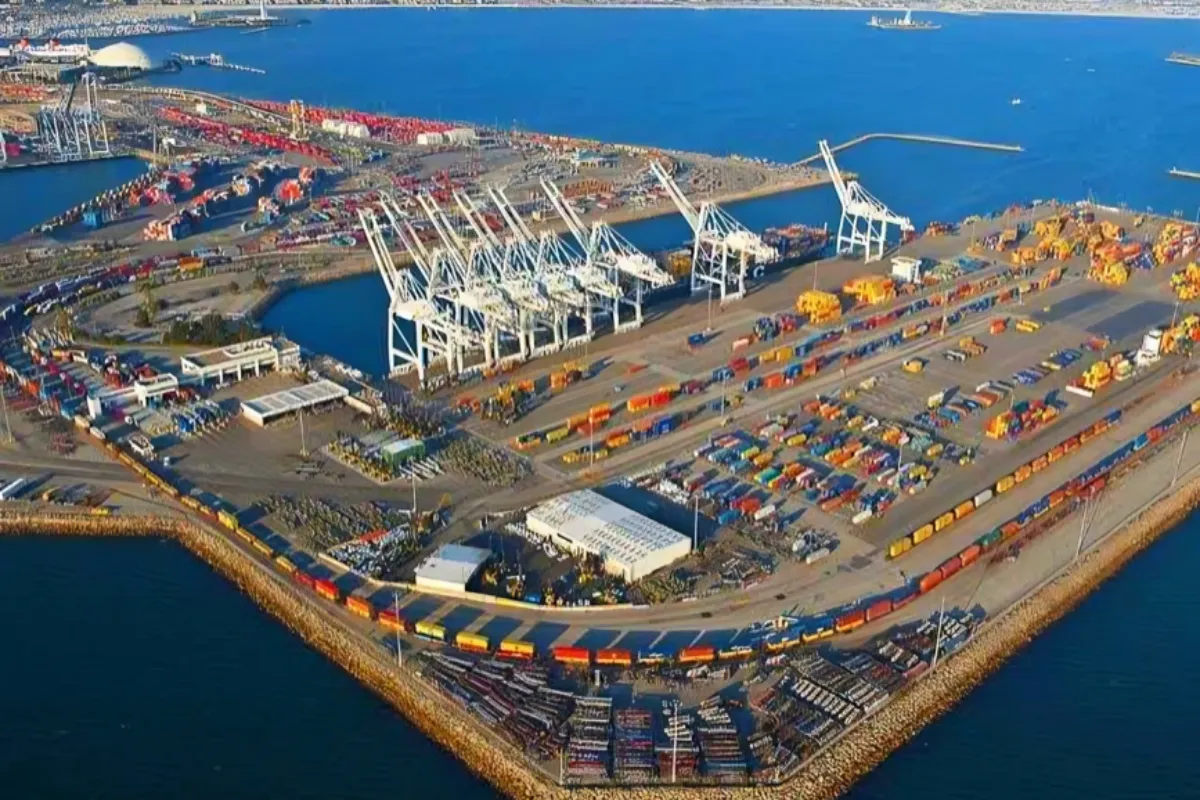India-Israel relation: 35,000 feet from the ground and covering an area of 1000 km, the Israeli Heron MK II drone, deployed on the Indo-China border, brings India-Israel relations to the next level and shivers across the border. There should not be an iota of doubt that today Israel stands as the most dependable military partner of India, and the Modi-Netanyahu bonhomie has given the camaraderie a new dimension, perhaps no other bilateral relation in the world could match the strong alliance. Off course, Modi-Netanyahu personal bond has provided the required impetus in forging such a dynamic bilateral relationship between the two countries, but the mutual understanding is also driven by similar threats and enemies.
India, today is Israel’s largest defence buyer, but the beauty of the commendable defence partnership between the two countries is not only limited to India remaining as a mere importer, but Indian companies are collaborating with the Israeli Aerospace Industries thus bringing state-of-the-art defence proficiency to India and paving a robust platform for ‘Make in India’ initiative.
Although India allies with Israel on various weapons systems, Unmanned Aerial Vehicles (UAVs) or drones, which figure a formidable tool in modern military operations, are an area of particular interest.
Israeli drones in India
In a historic agreement, IAI (Israeli Aerospace Industries) has allied with Indian manufacturers to produce UAVs in India. Hindustan Aeronautics Limited has signed MOU with IAI to help Indian defence manufacturers for producing ultra-modern and lethal drones at home. The significant visit of Prime Minister Narendra Modi to Israel in 2017, should be reckoned as a driving force in building strong diplomatic and military relations with Israel – IAI signed a similar agreement in 2017 with Elcom Systems and Digital Technologies to manufacture drones in India. Heron MK II has driven relations to the next level.
There are umpteen illustrations of the strong diplomatic bond that the two countries share – earlier this year the HAL signed an MOU with the IAI to convert civil passenger aircraft into multi-mission tanker transport for air-refuelling with cargo and transport capabilities. Last year, India bought four Heron drones from Israel to deploy on the Eastern borders with China. These drones are also now being equipped with weapons under Project Cheetah.
Needless to mention, these drones act as your eyes in the sky which enables the military commanders on the ground to manoeuvre according to the enemy movement on the opposite side, thus facilitating effective use of military resources. Of late these ultra-tech UAVs are now proving as force multipliers when armed with effective modern weapons and have surfaced as a game-changing factor in modern warfare. Azerbaijan ensured its first-ever victory over Armenia in 2020 by effectively using the Turkish Bayraktar drones, and it is a strong case study of how these ultra-tech UAVs can play a decisive role in modern-day warfare.
Kargil war an important pointer
The Kargil war in 1999 is an important pointer for India to ponder on the importance of acquiring quality UAVs with an intrinsic ability to fly at higher altitudes. Kargil war reminds us again that surveillance on those tough terrains in bad weather for acquiring intelligence through military personnel proved very hazardous and difficult. India has come a long way and realized the importance of UAVs, and India’s military empowerment is now largely focused on acquiring high-end DRONES.
Israel is the global leader in drone-technology
Ultra-tech UAVs have now become a forte of the Israeli Defence Industry, and with its capability of producing world-class UAVs it has established itself as a potent force, not only amongst its aggressive neighbours but globally acknowledged for its clinical efficiency. It was as early as the 1970’s when Israel could realise the importance of having eyes in the skies. Israel had to pay huge prices in the 1973 war with Arab Coalition forces from the neighbourhood. They suffered heavy casualties as they could not pre-empt the attacks from multiple sides. The realization of the importance of UAVs acted as a driving force for Israel to focus extensively on building its own Drones. 40-45 years down the line, Israel is now the world leader in terms of owning the most lethal and effective surveillance power in the sky.
India-Israel defence ties
India deliberately stayed away from Israel for four decades. During Indira Gandhi’s regime, our geopolitical compulsions drove us to build strong ties with Palestine. Mrs. Gandhi’s personal equation with Yasser Arafat was another stumbling block that led India away from Israel. India finally came to understand the utility of establishing effective mutual relations with Israel after the tiny middle-east nation offered abundance of potentially beneficial assistance and with Israel emerging as a powerhouse of technological innovations, it is in India’s interest to build and strengthen strong ties with Israel.
Since then both countries have come closer and collaborated in the defence sector, providing Indian defence forces with the capability to enhance their potential and provide an opportunity for the local defence industry to develop indigenous weapon systems with technology transfer.
India’s vulnerabilities in defence were exposed for the first time after its disastrous defeat at the hand of the Chinese in the Indo-Sino war of 1962. Since then India started prioritizing its importance on defence up-gradation.
In 1963, India started deliberating with Israeli military experts in military matters. The relations however still were kept low-key, with India seeking assistance on military matters but not upgrading defence ties. However, in the early nineties with the disintegration of the Soviet Union, India’s biggest defence supplier, the country started looking for new suppliers to augment its armament requirements.
The growing military ties are also aided by the similar nature of security issues faced by the two. Both India and Israel face radical terrorism as a domestic threat and their proximity to hostile neighbours with live conflicts keeps both of them on the threshold of the constant threat of an armed conflict.
Now, the moot point is – with the positioning of Heron MK II above the border of China, what global reaction we are looking for? Can China be subdued – can India defend itself from the over-ambitious Chinese incursions?
Heron MKII will send shivers in Pakistan
Off course the latest positioning of lethal UAVs will act as a very effective radar in the sky, for the Indian armed forces, its robust surveillance power will help Indian Military commanders to strategize their combat operations in advance against any eventual incursions by China in future. This is ought to shove the enemy and beyond antagonism, there would be a realization too, that India is now more prepared to thwart any misadventure. Besides China, the effective surveillance power acquired by India will send a strong message to Pakistan, which thrives on bleeding India sending regular forays of terrorists and extremists. Now, surveillance on these terrorist groups and their breeding camps (Heron MKII covers 1000 km) across the Pakistani border will be quite efficient. India can strike back at any of these terror camps in Pakistan with more clinical efficiency and ferocity.
Keep watching our YouTube Channel ‘DNP INDIA’. Also, please subscribe and follow us on FACEBOOK, INSTAGRAM, and TWITTER












